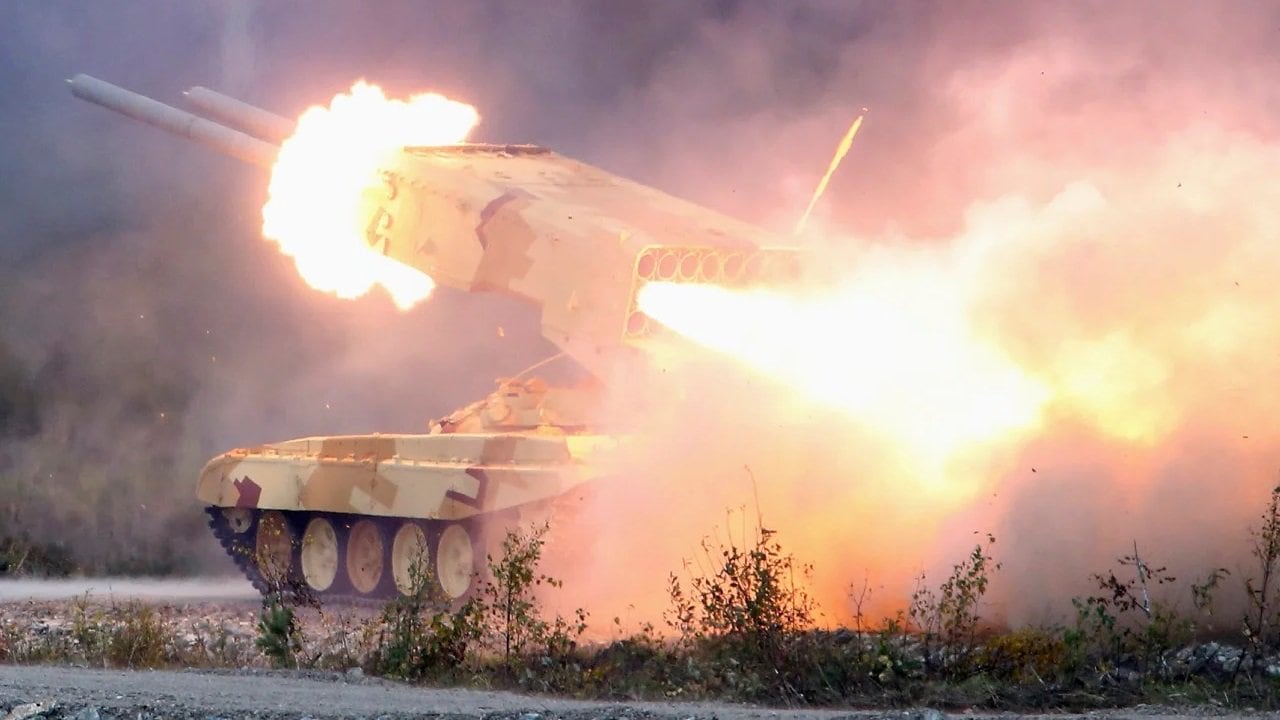On day 111 of the Russian invasion of Ukraine, the Russian military is still looking for a breakthrough in the Donbas. Although the Russian forces have made gains over the past few weeks, they haven’t been able to push the Ukrainian military out of the Donbas and give Russian President Vladimir Putin the victory he is so much looking for.
Donbas and Kharkiv
The fighting in Severodonetsk continues. The Russian military has failed to encircle or capture the strategic city, but it is using long-range fires to put pressure on the Ukrainian fighting units and their logistical lines.
“Russian forces conducted offensive operations in Severodonetsk and pushed Ukrainian forces away from the city center on June 13 but did not fully capture the city. Ukrainian Defense Ministry Spokesperson Oleksandr Motuzyanyk noted that Russian forces did not entirely clear Severodonetsk of Ukrainian resistance due to Russia’s reluctance to commit its (likely understrength) infantry units and overreliance on artillery and assault aviation for offensive operations. The Ukrainian General Staff added that fighting is still ongoing in Severodonetsk. Luhansk Oblast Administration Head Serhiy Haidai reported that Russian forces destroyed the last remaining bridge from Severodonetsk to Lysychansk and retain a significant artillery advantage over Ukrainian forces,” the Institute for the Study of War assessed in its latest update on the war.
In its daily estimate of the war, the British Ministry of Defense focused on the northeastern part of the battlefield and the Russian industrial defense production capabilities.
Although the Russian military is dedicating the vast majority of its combat power and resources to the Donbas, and specifically in the central section near Severodonetsk, Russian forces in the north of Kharkiv have managed to make some advance for the first time in weeks. Previously, the Ukrainian military had pushed the Russian forces so far back that it had reached the Russian border in some cases.
“Russia’s operational main effort remains the assault against the Sieverodonetsk pocket in the Donbas and its Western Group of forces have likely made small advances in the Kharkiv sector for the first time in several weeks,” the British Military Intelligence assessed.
The Ukrainian Ministry of Defense claimed that as of Tuesday, Ukrainian forces have killed approximately 32,500 Russian troops (and wounded approximately thrice that number), destroyed 213 fighter, attack, and transport jets, 179 attack and transport helicopters, 1,434 tanks, 721 artillery pieces, 3,503 armored personnel carriers, 226 Multiple Launch Rocket Systems (MLRS), 13 boats and cutters, 2,473 vehicles and fuel tanks, 96 anti-aircraft batteries, 588 tactical unmanned aerial systems, 53 special equipment platforms, such as bridging vehicles, and four mobile Iskander ballistic missile systems, and 125 cruise missiles shot down by the Ukrainian air defenses.
Mobilization of the Russian Defense Industry?
Moreover, to meet the war’s growing demands, the Russian government is considering increasing defense spending to replenish the devastating losses that the Russian forces have suffered on the battlefield.
“On 10 June, the First Deputy Chairman of Russia’s Military Industrial Commission predicted that state defence spending will increase by 600-700 billion roubles (GBP 8.5 -10 billion), which could approach a 20% increase in Russia’s defence budget. Russian government funding is allowing the country’s defence industrial base to be slowly mobilised to meet demands placed on it by the war in Ukraine,” the British Ministry of Defense stated.
Men are easier to replace, especially if they are inexperienced; but advanced weapon systems are not. And Moscow is now scratching the barrel in a lot of cases trying to come up with innovative ways to fill gaps created by battlefield losses.
One such effort has been to send antiquated T-62 main battle tanks to the frontlines. These tanks don’t belong to a 21st-century battlefield and will most likely exacerbate the Russian woes by creating additional casualties as the Ukrainians will be able to take these weapon systems out more easily with their potent anti-tank capabilities, which include the FGM-148 Javelin and Next Generation Light Anti-Tank (NLAW) anti-tank missiles.
“However, the industry could struggle to meet many of these requirements, partially due to the effects of sanctions and lack of expertise. Russia’s production of high-quality optics and advanced electronics likely remain troubled and could undermine its efforts to replace equipment lost in Ukraine,” the British Military Intelligence added.
1945’s New Defense and National Security Columnist, Stavros Atlamazoglou is a seasoned defense journalist specializing in special operations, a Hellenic Army veteran (national service with the 575th Marine Battalion and Army HQ), and a Johns Hopkins University graduate. His work has been featured in Business Insider, Sandboxx, and SOFREP.

